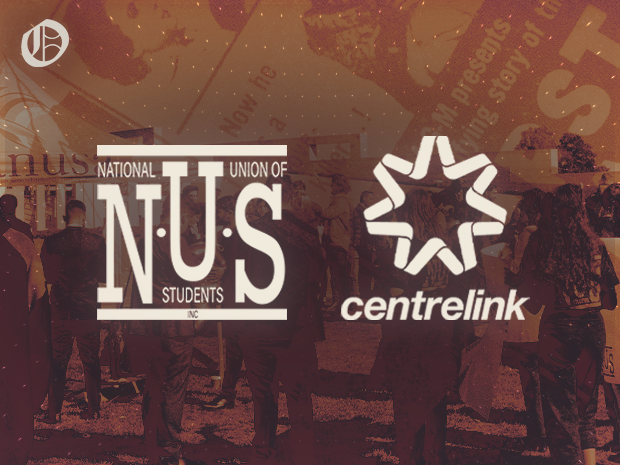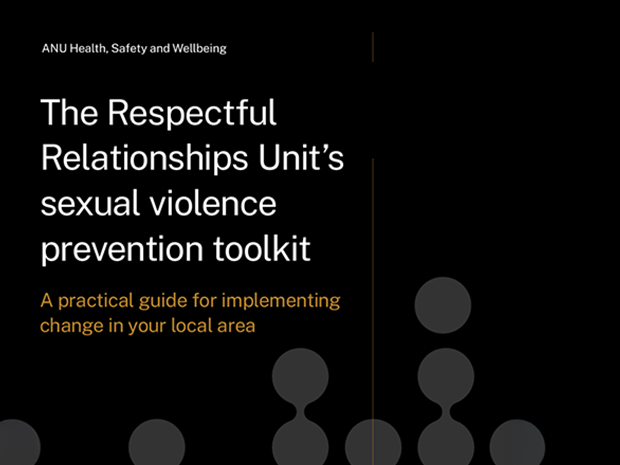NUS fighting to give students better access to Youth Allowance payments

By Brianna Elliott
The National Union of Students (NUS) released a report on 5 October to the Australian Government to lower Centrelink’s Age of Independence from 22 to 18 years old. This would allow for 467,419 new students to be eligible for Youth Allowance payments.
Currently, over 450,000 students aged between 18-21 cannot access Youth Allowance payments, and those who do receive the allowance are paid less than $26 per day. The NUS are proposing the daily allowance should be increased to $88 per day as a way to lift social security payments above the poverty line.
The debate on the Age of Independence has been continually ongoing. On 13 May 2021, ANUSA and Observer attended the ‘Change the Age’ protest which was held by the NUS on Capital Hill.
The NUS claims both current and future students across Australia would benefit significantly if the Age of Independence is changed. As well as a wider range of freedom, Welfare Officer Billy Zimmerman says, “Students should be able to put food on their table, rent a stable home and enjoy studying with their friends”.
Additionally, Zimmerman highlights that the policy change would mean students will have a “safety net of knowing Youth Allowance is there if they find themselves out of work”. This is particularly important as the impact of Covid-19 has left a substantial number of young students unemployed.
This policy change originally stemmed from Mission Australia’s Youth 2021 Survey which found that, although 60 per cent of young people want to attend university, 20 per cent of these individuals felt “financial difficulty” was an obstacle to achieving educational or work goals. NUS President, Georgie Beatty, further confirms this by saying that the biggest barrier to higher education is “the welfare system that does not support students”.
The report also highlights that an increase in rent assistance payments, to reflect the housing market’s continual growth, is needed to reduce students living in poverty. With the average full-time student earning $18,300 per annum, anyone earning less than $31,000 yearly while simultaneously having housing and living expenses is in poverty, according to the Henderson Poverty Line.
Beatty says this equates to “1 in 7 students regularly skipping meals or other essentials because of financial insecurity”. This is a major recurring theme across all Australian universities. While the policy recommendation does not explicitly tackle poverty, Zimmerman adds that “[lowering the Age of Independence] would go a long way in alleviating the grim conditions too many are living in”.
The report showed an analysis of 45,000 rental properties across Australia that they were affordable for zero per cent of students who receive Youth Allowance payments. Not only does this highlight the constant concern brought by students to the NUS, it also explains why so many students are unable to move for a tertiary education, complete their degrees, or maintain a healthy work-study-life balance.
The NUS Survey found 60 per cent of students who do not have access to Youth Allowance or other Government payments believe this has negative consequences for their educational experience. Often, this looks like not being able to attend placement courses for risk of losing their job; or, if students do attend their degree placement, they are unable to earn income for that time period. Beatty condemns the demand on students to do placement full-time while continuing to work, saying it has a high chance of “leading to burnout and [students] being out of pocket”.
A survey respondent named River, who needs to go on placement to graduate, emphasises their frustration, stating, “there’s no support whatsoever for placements”. Adding to their concern for students experiencing financial difficulties, they say “people living pay cheque to pay cheque are just screwed”.
To further assist students financially, the NUS has addressed other challenges focused on disability and discrimination that have been recommended for the Government to amend. This can be achieved by removing junior employee rates and ensuring superannuation is paid correctly. A review of the Disability Support Pension and the Age Pension is also required to reduce the disparities between payment rates and accommodate individual needs. The final recommended policy emphasises that research needs to be conducted into international student poverty in order to appropriately provide support for all areas of their life.
The policy recommendation can be officially found here.
The Education Officer did not respond to Observer’s request for a comment in time for publication.
Graphic by Will Novak
Know something we don’t know? Email news@anuobserver.org or use our anonymous tip submission.
If you have an issue with this article, or a correction to make, you can contact us at news@anuobserver.org, submit a formal dispute, or angry react the Facebook post.
Want to get involved? You can write articles, photograph, livestream or do web support. We’re also looking for someone to yell “extra!” outside Davey Lodge at 1AM. Apply today!









